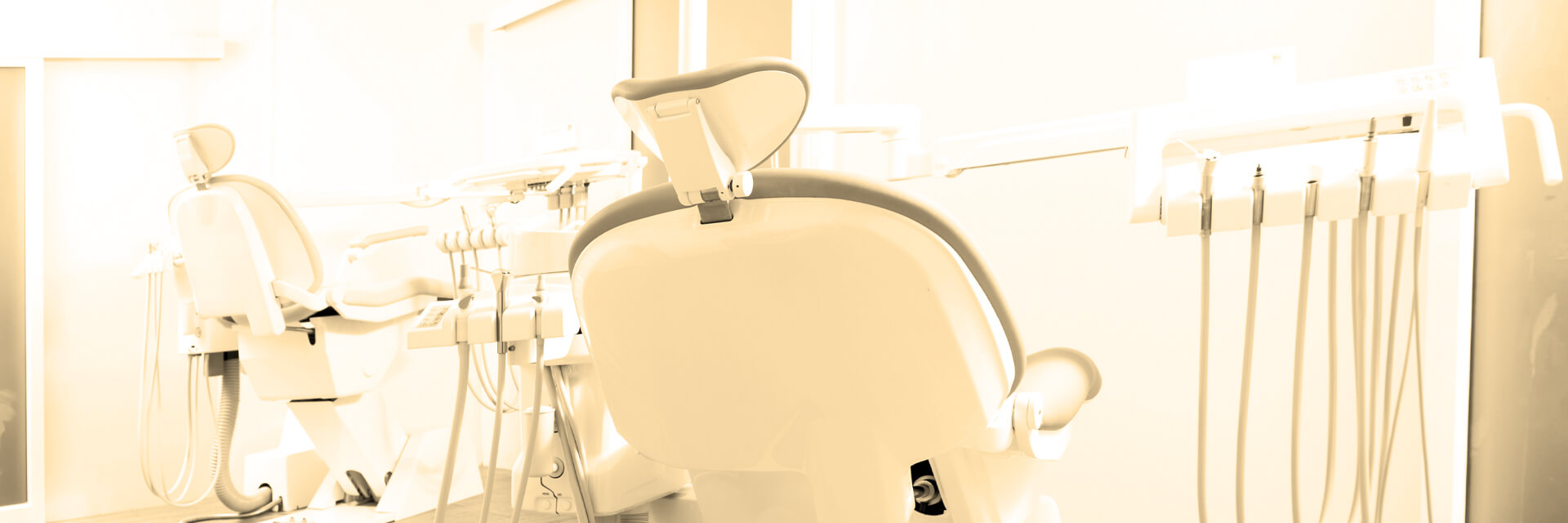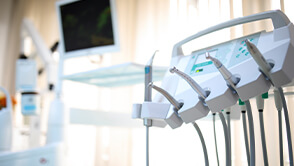
Sales and Use Tax Considerations for Dentists
- Published
- Dec 16, 2020
- By
- Erick Cutler
- Share
The recent U.S. Supreme Court decision, Wayfair v. South Dakota, put the spotlight on who can charge sales tax for online transactions. The Tax Cuts and Jobs Act of 2017 made significant changes to the U.S. tax code. So it’s no wonder that medical and dental practices are taking a closer look at their tax strategies, and that includes ensuring a clear understanding of sales and use tax to avoid audits and penalties.
Background
Think back in time, long before having bright white teeth figured so prominently in our culture. Back then, the services dentists provided to their patients were considered personal—the idea of charging sales tax was just not part of the equation.
In 2013, the IRS implemented a 2.3 percent medical device excise tax on dental devices. It includes dental equipment, materials and supplies purchased by a dentist for office use, surgical and hand instruments, restorative materials and more.
Today, when a dentist makes retail sales of certain products associated with oral care, sales tax issues arise. As ancillary products have become part of the norm – think tooth whitening and prescription mouthwashes – sales tax is now a line item. Additionally, a dental practice is responsible for paying sales tax on the purchases of equipment and supplies, as well as items used in providing services, such as crowns, braces, and implants.
General Sales and Use Tax Guidelines
Filing a sales and use tax return is required for practices that partake in the following transactions:
- Selling tangible personal property, such as mouthwash, toothbrushes or whitening products to patients.
- Providing patients with free dental supplies (such as bags filled with sample-sized oral care products) purchased from vendors who did not collect sales tax are subject to require a “use tax.”
If you decide to sell nonprescription items in your dental office, you need to file for a sales and use tax permit at the Texas Comptroller site. Then you need to track taxable transactions via your dental software.
You are required to file a Texas Sales and Use Tax Return (Form 01-117) and submit the collected tax based on the collection levels below:
- You must file monthly if you collect $500 or more tax in a month.
- You must file quarterly if you collect <$500 per month or <$1,500 per quarter.
- If you collect less than $1,000 in tax per year, then you need only file one per year. However, if you are collecting close to this level of tax, then a quarterly filing pattern is a safer option.
The Texas Comptroller allows multiple methods for reporting and payment including paper filing and Webfile. Your tax professional can assist you.
What's on Your Mind?
Start a conversation with Erick
Receive the latest business insights, analysis, and perspectives from EisnerAmper professionals.







